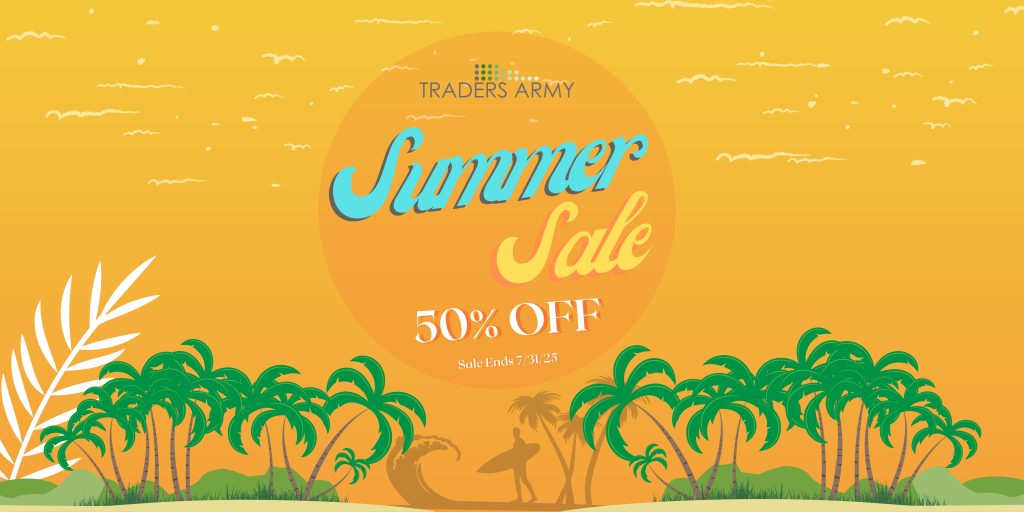What Does a Balanced Portfolio Look Like to You?

A friend of mine was showing me his 401(k) statement the other day, and looking at it, there was a resemblance to a colorful pizza pie. This colorful pizza pie was spread between large-cap funds, income funds, growth funds, bond funds, and some in cash. There was also a little sprinkle of international funds, small-cap funds, and high-yield growth. The reason he was showing me his portfolio was because he was so excited about his latest statement and diversification. Knowing that I am in the trading and investing business, he wanted to have me look at his portfolio and give him my “expert” opinion.
Let’s talk about the topic of diversification. Many people consider diversification to simply be diversification among asset classes, but in reality, those asset classes are limited to stocks and bonds. Not only are those asset classes limited to simply stocks and bonds, but they also have a very biased market direction towards the bullish side. One of the things that’s very important is for even the most novice and beginning investor to think like a professional – to think like Wall Street. I have written in the past about how Wall Street views the financial markets differently than the retail investor, specifically around the areas of supply and demand. What you are investing in is not nearly as important as the supply and demand equation around those given investments. But even with all of those considerations, it is still a good idea to truly understand diversification. When talking about diversification, I really mean diversifying in three terms:
- Asset class
- Time horizon
- Risk perspective
Let’s tackle asset class first, as it is the most commonly considered for diversification. Most people use mutual funds to diversify, but that only minimizes the risk of an individual stock showing weakness. Overall weakness in the market, or in an economy, in general, will still be a danger to the portfolio, this is oftentimes called systemic risk. When one is simply invested in either bond funds or mutual funds with no other investment alternatives, they are truly tied to the performance of the stock market in general. For many investors, it might make sense to diversify using things like precious metals, commodities, and real estate. ETF’s like GLD and SLV can allow an investor to participate in the precious metal arena without the difficulties of futures trading or handling physical precious metals. The challenge is that most investors would never even consider this as a long-term investment solution if they even know they exist at all. Another opportunity would be utilizing REITs (Real estate investment trusts) or ETF’s of REITs as a way to participate in the real estate market without having to own physical property. These products are as liquid as a stock but move with the value of real estate.
Now, in terms of time horizon, there are many other factors to consider. The concept of buy and hold for an indefinite amount of time seems to be very different today than it was 20 years ago. There are a number of studies that have shown that a company’s lifespan is getting smaller and smaller, so the ability to buy and hold for an indefinite amount of time is getting less and less. Many investors, especially those with 401k’s will use those 401k accounts and leave them with the previous employer when they change jobs because their only outlook is buy and hold for the long-term. I have seen it written that the average worker today will have as many as three different careers in there working lifetime, so if people are that willing to change jobs and careers, why are they not willing to change their investment time span more frequently? I am certainly not suggesting that people should day trade their retirement portfolio, rather I am simply suggesting that it might make sense to pay more attention and not only have long-term investments in the portfolio but also shorter-term trades.
The final consideration is the risk perspective. Everyone has a different consideration of risk, and basically, nobody ever wants to lose money. But there is a significant difference in the returns of those who are willing to take bigger risks over time. The key to taking risks is to understand that all risks must be accompanied with probability, and with a higher degree of probability that investors often have to be willing to take more risk in order to get a better return. Sometimes that will mean spending more for an investment in order to have a more balanced and protected portfolio, that still allows for the possibility of gain. If your entire portfolio is risk-averse, it will be difficult to grow the portfolio in times of strong market movement, even though you may take less loss in times of a down market. The key is to balance portfolio position sizing with higher risk investments, the high-risk investments should bring a higher return and thus will probably be a smaller portion of your portfolio. Conversely, your more conservative lower-risk investments might make up a larger chunk of your portfolio, which will minimize downside exposure, but allow you to benefit from upside gain.
Combining risk, time, and asset class is a much more effective way of true diversification in any market and any time frame. As with anything the more educated you are the easier it will be to achieve your goals.
Chuck Fulkerson is the Co-Founder and Senior Trader at TradersArmy.com. Fulkerson helps train individuals across the globe in what it means to be a successful investor and trader. He currently trades options as a swing and position trader; futures as a day trader; and equities as an investor to round out a truly diversified portfolio.



